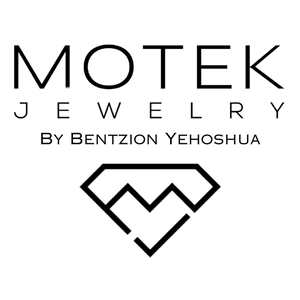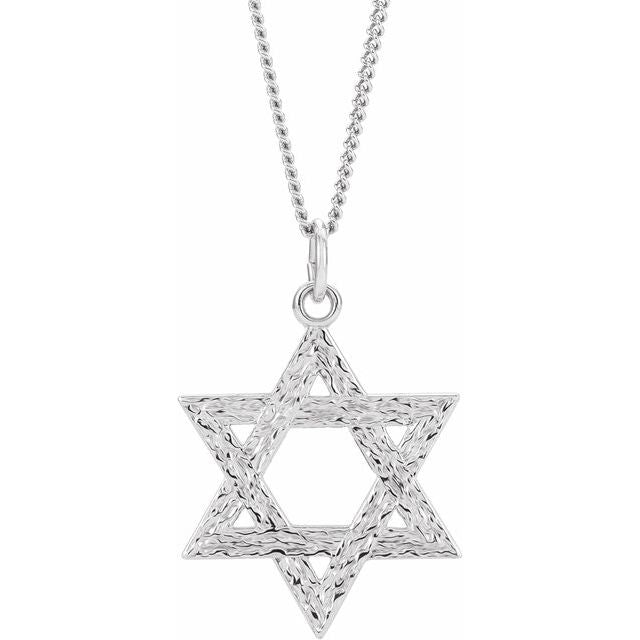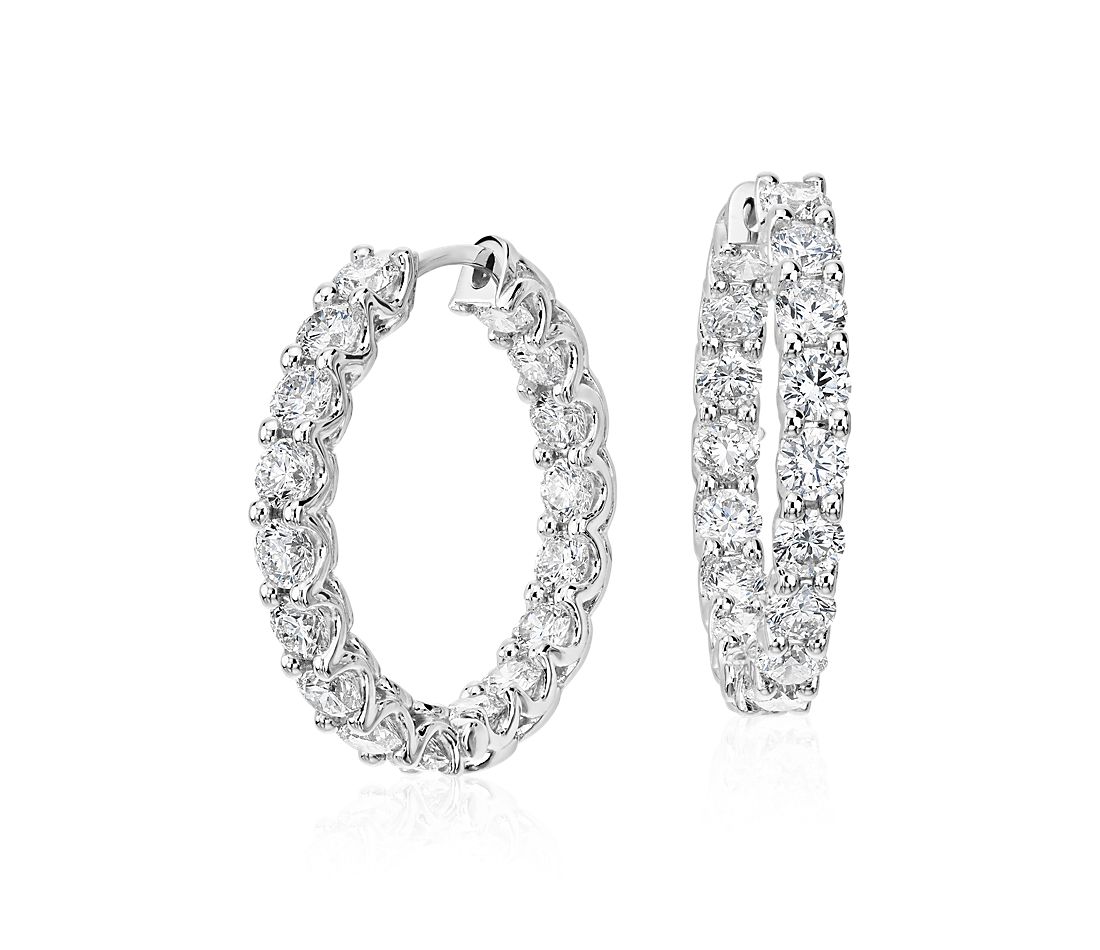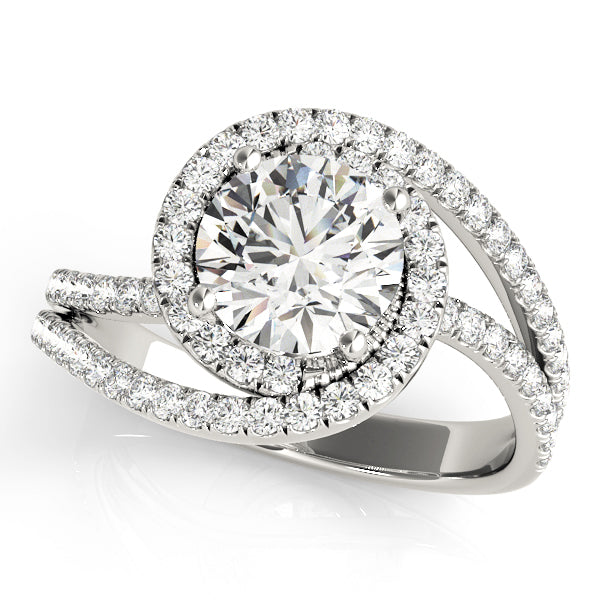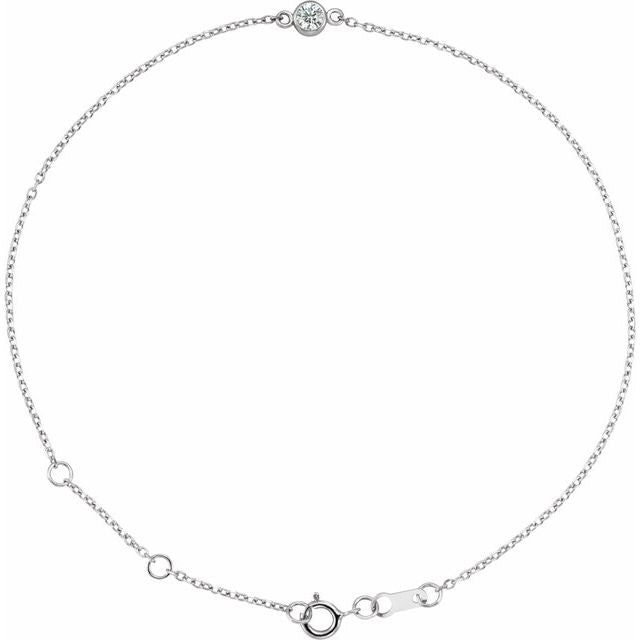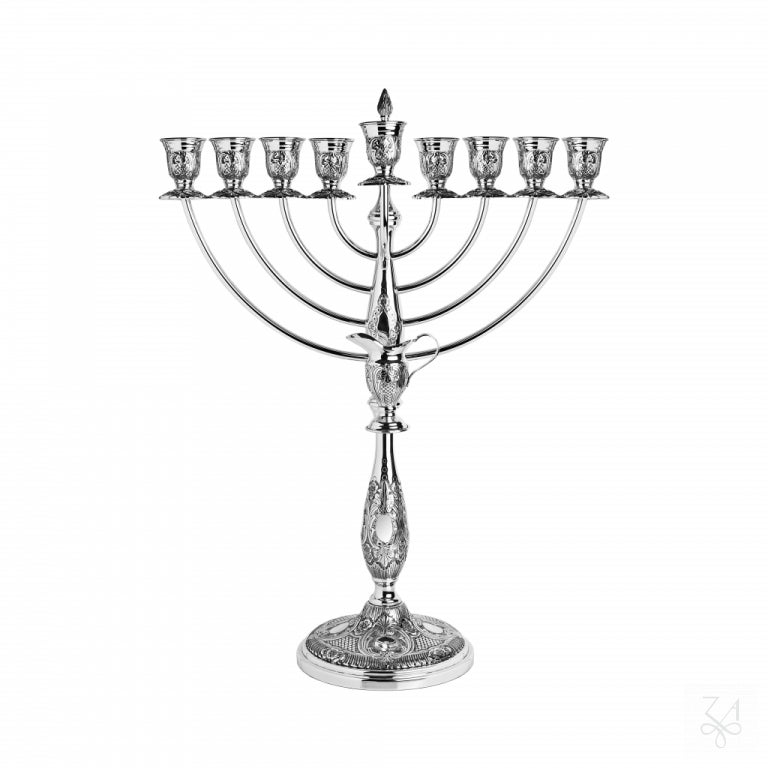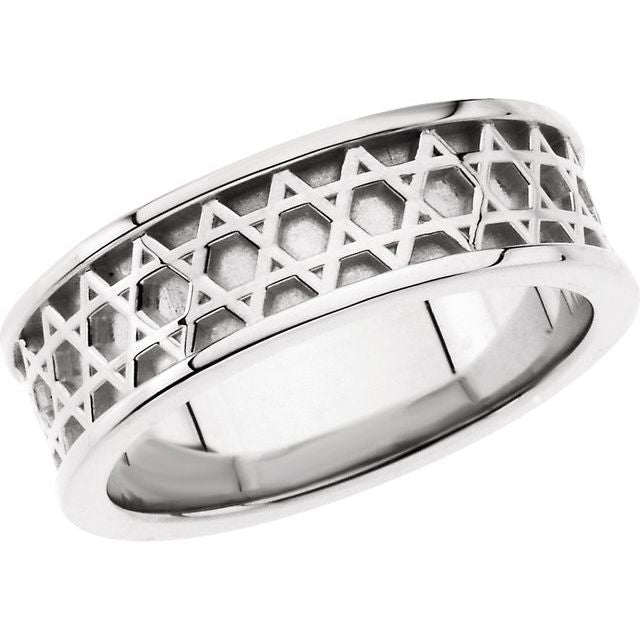When disaster strikes and damages your precious jewelry, knowing the right steps to take can make all the difference between restoration and permanent loss. Whether it's a car accident, household mishap, or natural disaster, damage to sentimental pieces can be emotionally devastating. According to recent industry data, jewelry damage claims following accidents have increased by 27% in the last five years, with an average claim value of $3,200.
In this comprehensive guide, we'll walk you through everything you need to know about jewelry repair after an accident—from immediate response to finding qualified professionals, understanding insurance coverage, and preventing future damage.
Immediate Actions: What to Do When Your Jewelry Is Damaged
Careful Collection and Preservation
The moments immediately following jewelry damage are critical. The Gemological Institute of America reports that approximately 15% of damaged jewelry becomes irreparable due to improper handling right after the incident occurs.
When collecting damaged jewelry:
-
Use a soft, clean cloth or tissue paper to gather pieces
-
Avoid touching gemstone surfaces directly with your fingers
-
Place small fragments in a sealed container or ziplock bag
-
Keep all pieces, no matter how tiny they seem
-
Handle metal components by the edges to prevent oils from your skin transferring
Pro Tip: If the damage occurred in a public place or outdoors, consider using your phone's flashlight to search for small scattered pieces like gems or links that may have fallen.
Document Everything for Insurance
Before approaching any jeweler or insurance company, thorough documentation is essential:
-
Take clear, high-resolution photographs from multiple angles
-
Capture close-ups of specific damage areas
-
Place a ruler or coin in some photos for size reference
-
Record a brief video showing the damage from all sides
-
Write down details about how the accident occurred
Insurance statistics reveal that claims with proper photographic documentation are processed and settled up to 40% faster than those without visual evidence. This documentation will be invaluable when filing an insurance claim and consulting with repair professionals.
Understanding the Extent of Damage
Common Types of Accident-Related Jewelry Damage
Different accidents cause specific types of damage that require specialized repair approaches:
Impact Damage
Car accidents, falls, or dropping heavy objects on jewelry typically cause:
-
Bent or broken prongs that secure gemstones
-
Cracked, chipped, or completely shattered stones
-
Deformed settings, bands, or chains
-
Broken clasps or connection points
Impact damage accounts for approximately 58% of all accident-related jewelry repairs, according to a 2023 industry survey.
Heat Damage
Exposure to extreme temperatures from fires, cooking accidents, or leaving jewelry in hot vehicles can result in:
-
Melted or warped metal components
-
Discolored or internally fractured gemstones
-
Weakened structural integrity
-
Damaged or disintegrated adhesives in certain settings
Chemical Damage
Contact with household cleaners, swimming pool chemicals, or industrial substances may cause:
-
Corroded or pitted metal surfaces
-
Etched or clouded gemstone surfaces
-
Deteriorated prongs or settings
-
Permanent color alterations in certain metals and stones
A 2022 study found that chemical exposure is responsible for approximately 23% of preventable jewelry damage.
Professional Assessment Is Crucial
While you might be able to see obvious damage, professional jewelers consistently find that about 35% of accident-damaged pieces have additional hidden issues that only specialized equipment can detect.
A professional assessment should include:
-
Microscopic examination of prongs and settings
-
Structural integrity tests
-
Gemstone stability evaluation
-
Assessment of repair feasibility
-
Detailed cost estimates
Navigating Insurance Coverage for Jewelry Repair
Understanding Your Policy Coverage
Many people are surprised to learn that standard homeowner's and renter's insurance policies typically limit jewelry coverage to $1,000-$2,000 total, with individual item limits often as low as $500-$1,000.
For valuable or sentimental pieces, you'll want to understand these coverage options:
Standard Homeowner's/Renter's Policy: Provides basic coverage but with high deductibles and strict limits
Jewelry Rider or Floater: Additional coverage specifically for jewelry items, usually with detailed appraisals on file
Specialized Jewelry Insurance: Comprehensive coverage with lower deductibles and often includes preventative services
According to the National Association of Insurance Commissioners, only about 35% of jewelry owners have adequate coverage for their collections.
Filing an Effective Jewelry Damage Claim
To maximize your chances of a successful claim:
-
Contact your insurer immediately - Many policies have time limits for reporting damage
-
Provide comprehensive documentation including:
-
Clear photos and videos of damage
-
Original appraisals and purchase receipts
-
Professional assessment reports
-
Police reports (if applicable)
-
Obtain multiple repair estimates from reputable jewelers (2-3 is standard)
-
Keep all communication in writing when possible
-
Understand replacement vs. repair terms in your policy
Insurance data shows that well-documented claims have a 62% approval rate compared to only 29% for poorly documented ones.
Finding the Right Jewelry Repair Professional
Qualifications That Matter
Not all jewelers specialize in repair work, and complex damage requires specific expertise. Look for these qualifications:
-
Professional certification from organizations like GIA (Gemological Institute of America) or AGS (American Gem Society)
-
Specialized experience with your specific type of jewelry and damage
-
In-house repair facilities rather than sending work to third parties
-
Professional liability insurance that covers your piece while in their possession
-
Written warranties on repair work
Essential Questions to Ask Before Committing
-
"Can you provide examples of similar repairs you've completed?"
-
"What specific techniques will you use to repair my piece?"
-
"Will the repair be visible when completed?"
-
"How will this repair affect the value of my jewelry?"
-
"What guarantees do you offer if problems arise after the repair?"
-
"Do you have insurance that covers my piece while it's in your possession?"
-
"What is your estimated timeline for completing this repair?"
-
"Will you provide a detailed assessment before beginning work?"
A consumer satisfaction survey found that 78% of customers who thoroughly vetted repair professionals reported satisfaction with the final results, compared to only 42% who chose based solely on price or convenience.
The Repair Process: What to Expect
Initial Assessment and Estimate
The repair journey begins with a comprehensive evaluation:
-
Visual inspection using specialized jeweler's equipment
-
Structural testing to identify hidden weaknesses
-
Material analysis to confirm metal types and gemstone characteristics
-
Risk assessment to identify potential complications
-
Documented estimate with timeline and cost breakdown
Common Repair Methods for Accident Damage
Prong Repairs
With prong damage accounting for 43% of post-accident jewelry repairs, these are common solutions:
-
Re-tipping: Adding new metal to worn or broken prongs
-
Prong replacement: Completely rebuilding prongs that are too damaged for re-tipping
-
Setting reinforcement: Adding support structures to prevent future damage
Band and Setting Repairs
Modern jewelry repair employs various techniques:
-
Laser welding: Allows for precise repairs without exposing gemstones to heat
-
Traditional soldering: Used for more extensive structural repairs
-
Rhodium plating: Restores white gold finishes after repair work
-
Retexturing: Matches original surface patterns after repair
Gemstone Repairs and Replacements
When gemstones are damaged:
-
Re-cutting and re-polishing: For minor chips and abrasions
-
Stone replacement: Finding exact matches for color, cut, clarity, and size
-
Setting adjustments: Ensuring secure mounting of new or repaired stones
According to gemstone industry reports, approximately 65% of damaged gemstones require replacement rather than repair, with diamonds being the most durable and opals the most frequently damaged in accidents.
Quality Control Process
Professional repair work includes rigorous quality assurance:
-
Structural testing to ensure durability
-
Setting security checks to prevent future stone loss
-
Finish quality inspection to match original appearance
-
Functionality testing for clasps and mechanical components
-
Final cleaning and polishing to present the restored piece
Cost Expectations: Budgeting for Jewelry Repair
Factors That Influence Repair Costs
Jewelry repair pricing varies based on:
-
Extent of damage: Minor repairs vs. complete restoration
-
Materials involved: Precious metals and rare gemstones increase costs
-
Complexity of the piece: Intricate designs require more labor
-
Urgency: Rush repairs typically command premium pricing
-
Geographic location: Repair costs vary significantly by region
Typical Price Ranges for Common Repairs
Based on the latest industry data from 2023:
| Repair Type | Average Cost Range |
|---|---|
| Prong repair/replacement | $45-$200 per prong |
| Ring sizing after damage | $50-$150 |
| Chain soldering | $35-$180 |
| Stone replacement | $50-$3,000+ |
| Complete restoration | $200-$5,000+ |
Industry experts recommend budgeting 25-40% of the original jewelry value for potential repair costs if insurance coverage is limited.
When Repair Isn't Possible: Exploring Alternatives
Know When to Consider Replacement
According to insurance industry data, approximately 22% of jewelry damage claims result in total replacement rather than repair. Replacement should be considered when:
-
Gemstones are severely fractured beyond repair
-
Precious metals are extensively melted or deformed
-
Repair costs exceed 70-80% of replacement value
-
Materials needed for authentic repair are no longer available
-
Structural integrity cannot be guaranteed even after repair
Custom Recreation Options
For irreplaceable sentimental items:
-
3D scanning and printing: Creates exact replicas of original designs
-
Mold making: Uses undamaged portions to recreate the complete piece
-
Hand fabrication: Skilled craftspeople recreate pieces based on photographs
-
Incorporating salvageable elements: Using undamaged gemstones or metal portions in new pieces
Repurposing Damaged Jewelry
When complete restoration isn't possible:
-
Transform damaged rings into pendants
-
Create memory pieces that incorporate fragments
-
Use undamaged gemstones in new, custom designs
-
Consider shadowbox framing for heirloom pieces too damaged to wear
Preventative Measures for Future Protection
Proper Storage Solutions
Minimize damage risk with proper storage:
-
Use individual soft pouches or lined jewelry boxes
-
Store pieces separately to prevent scratching
-
Keep in climate-controlled environments
-
Consider a home safe for valuable pieces
-
Use anti-tarnish strips in storage containers
Professional Maintenance Schedule
Regular maintenance drastically reduces accident-related damage risk:
-
Prong and setting checks every 6 months
-
Professional cleaning twice yearly
-
Insurance appraisal updates every 2-3 years
-
Clasp and connection point inspections
A study by a major jewelry insurance provider found that pieces with documented regular maintenance were 62% less likely to suffer catastrophic damage when accidents occurred.
Situational Awareness
Modify wearing habits to protect valuable jewelry:
-
Remove rings during hand-intensive activities
-
Avoid wearing delicate pieces during sports or strenuous activities
-
Apply cosmetics, hair products, and perfumes before putting on jewelry
-
Consider silicone replacement bands for active situations
-
Be mindful of environmental exposures (chemicals, extreme temperatures)
The Emotional Impact of Jewelry Damage
Understanding Sentimental Value
Jewelry often carries significant emotional weight beyond its monetary value:
-
Wedding and engagement rings represent relationship milestones
-
Inherited pieces connect generations and preserve family history
-
Gifted jewelry symbolizes meaningful relationships
-
Achievement-related pieces mark important life accomplishments
Psychological research indicates approximately 85% of people report emotional distress when sentimental jewelry is damaged or lost.
Coping Strategies
When dealing with damage to emotionally significant pieces:
-
Document the piece's history and stories while waiting for repair
-
Consider creating a temporary replacement for daily wear
-
Focus on the shared memories rather than the physical object
-
Create new traditions around restored or replaced pieces
Conclusion: Taking Control After Jewelry Damage
When jewelry is damaged in an accident, quick and informed action can make the difference between restoration and permanent loss. By understanding proper handling techniques, insurance options, professional repair processes, and preventative measures, you can minimize both the financial and emotional impact of jewelry damage.
Remember these key takeaways:
-
Document damage thoroughly for insurance purposes
-
Seek professional assessment before attempting any repairs
-
Understand your insurance coverage and filing requirements
-
Choose repair professionals based on qualifications, not just price
-
Consider preventative maintenance to protect future investments
Even when perfect restoration isn't possible, the memories and significance attached to cherished jewelry can continue through thoughtful documentation, creative repurposing, or meaningful replacement.
References
